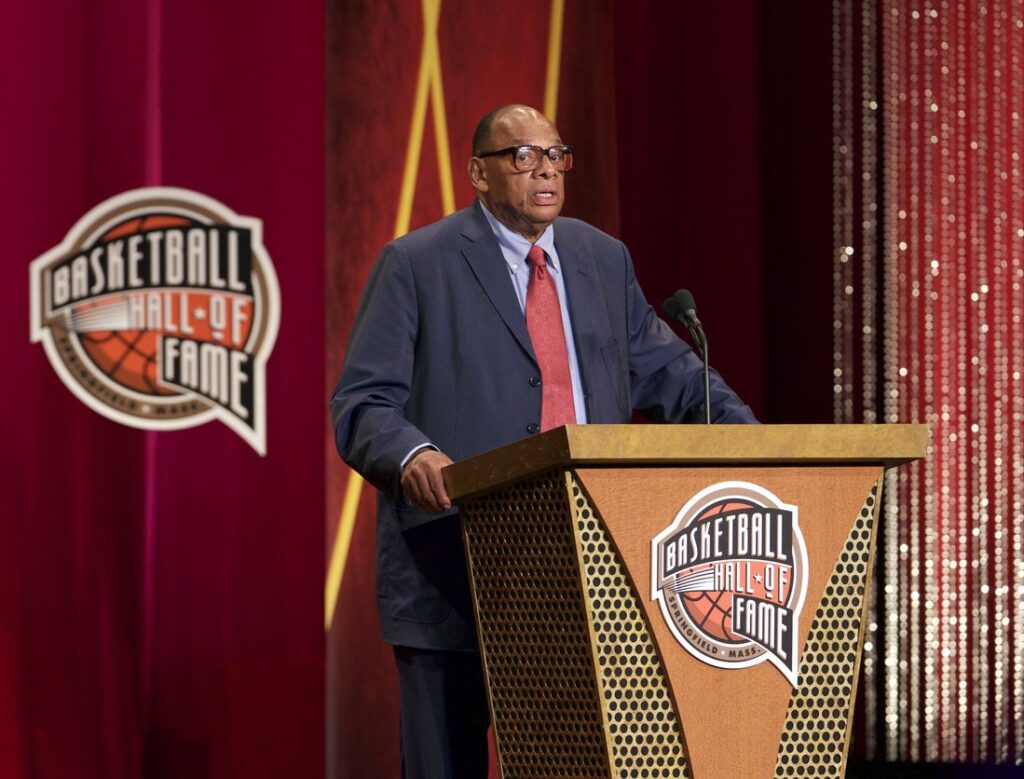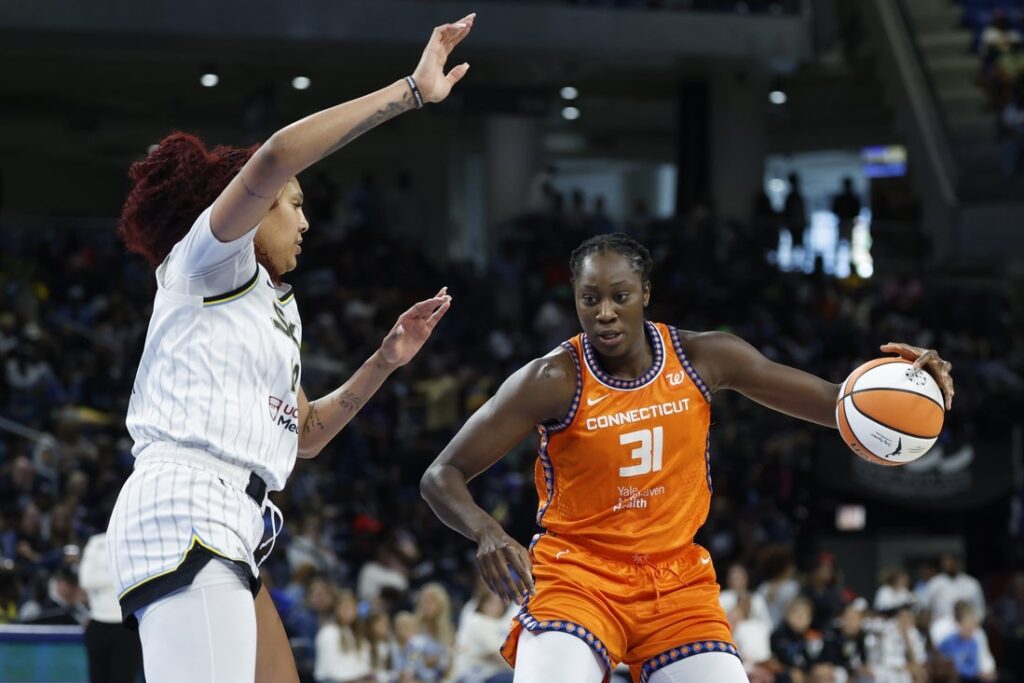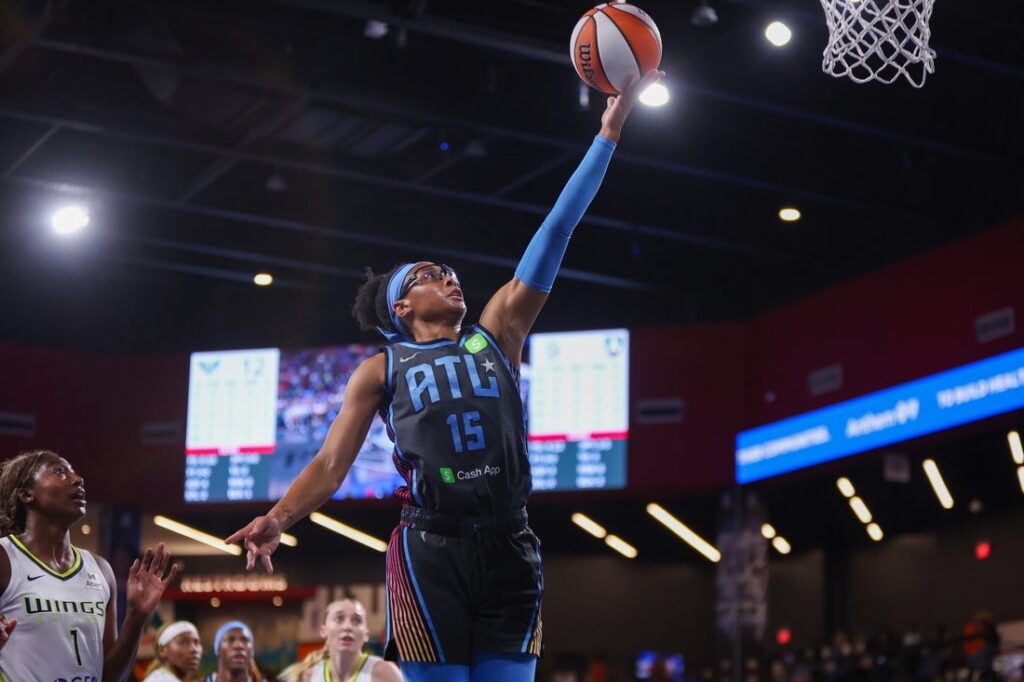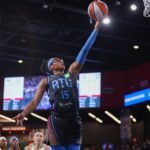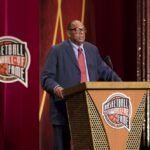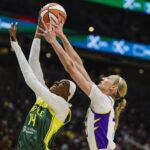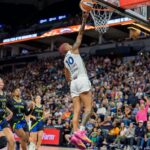George Raveling, a groundbreaking college basketball player, coach and Nike executive, has died after a battle with cancer, his family announced on Tuesday on his website.
“(He) faced cancer with courage and grace. He transitioned peacefully at 88, surrounded by family as well as love, faith and sacred protection,” the family’s statement read.
Raveling had a 335-293 career record as head coach at Washington State, Iowa and Southern California from 1972-1994, leading each school to a pair of NCAA Tournament appearances. He was inducted into the College Basketball Hall of Fame in 2013 and the Naismith Memorial Basketball Hall of Fame in 2015.
“There are no words to fully capture what George meant to his family, friends, colleagues, former players, and assistants — and to the world,” the family statement read. “He will be profoundly missed, yet his aura, energy, divine presence, and timeless wisdom live on in all those he touched and transformed.”
Born in a segregated hospital in Washington, D.C., Raveling was among the first Black college basketball players at Villanova, setting program single-game and season rebounding records during his time with the Wildcats from 1957-60.
He became the first Black coach in the Atlantic Coast Conference when he was hired as an assistant at Maryland in 1969, and became the first Black Pac-8 coach when he was hired as head coach at WSU in 1972.
WSU hung Raveling’s name in the rafters of its basketball arena in 2019 after he led the program to a pair of NCAA Tournament appearances in 1980 and 1983.
During his collegiate coaching career, Raveling was an assistant coach on the 1984 and 1988 U.S. men’s basketball Olympic teams, bringing home a gold and bronze medal.
During that time, he helped Nike sign Michael Jordan when he was coming out of college, transforming the athletic apparel industry.
Jordan, in the foreword for Raveling’s 2025 memoir “What You’re Made For,” wrote, “If not for George, there would be no Air Jordan.”
After retiring from coaching, Raveling worked for Nike from 1994 until his death, quickly rising to become the organization’s global basketball sports marketing director within a few years’ time.
–Field Level Media





















